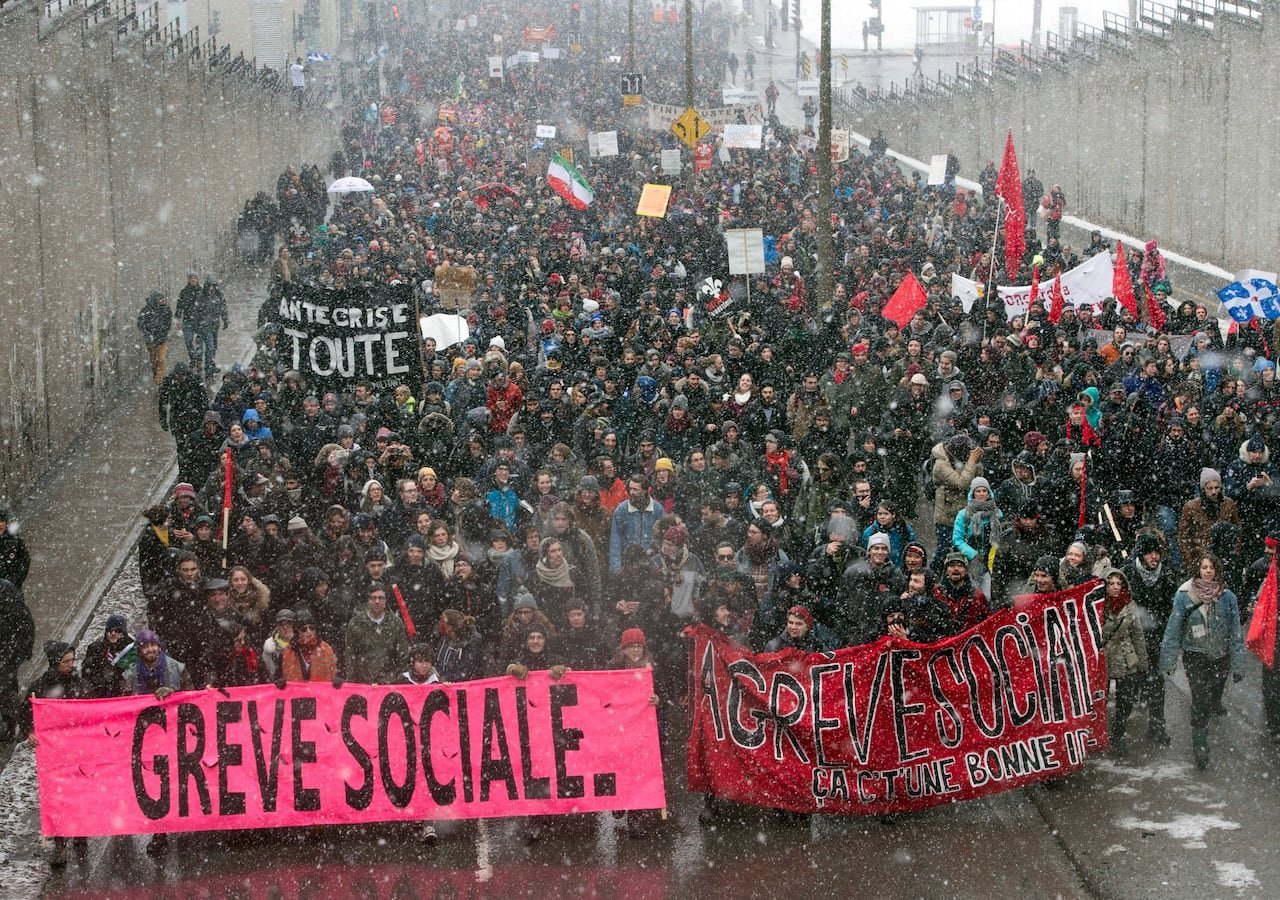Cassaroles
A Critical Analysis of the 2012 “Maple Spring” Movement
The Maple Spring in Quebec, 2012
Originally submitted as part of the curriculum at Temple University | October 1, 2018
Introduction
During the spring of 2012, Quebec erupted into protest and social upheaval. By the time the snow had melted, the “Maple Spring” movement was well on its way. These student-led strikes were in response to state-imposed increased university tuition fees, a desperate attempt to balance the province’s budget (Lemay & Laperriere, 2012, p. 428). A trio of student groups led the assault against the tuition hike (Lemay & Laperriere, 2012, p. 429), and were joined by a myriad of other student and civil society organizations (Collombat, 2014, p. 142). Culminating in more than a half-year-long strike, student groups, unions, and Québécois alike rallied against government overreach a la seemingly unjustifiable expenses. Throughout the massive demonstrations, the Maple Spring organizations were able to frame the movement as a fight for educational rights and against government austerity (Collombat, 2014, p. 140). In considering Hirsch (1990), Seidman (2001), Wood (2001), and McCarthy & Zald (1977), we can identify who and what Maple Spring was, and how it fought against the state and won, and helped cultivate and incentivize its members.
Before the analysis, here is a brief synopsis of the Maple Spring uprising: three student-led organizations fronted the movement: Association pour une solidarité syndicale étudiante (Association for Student Union Solidarity – ASSE), Fédération étudiante universitaire du Québéc (University Student Federation of Quebec – FEUQ), and its sister organization, Fédération étudiante collégiale du Québec (Collegiate Federation of Quebec – FECQ) (Collombat, 2014, p. 142; Lemay & Laperriere, 2012, p. 429). The FECQ and FEUQ had 80,000 members and 125,000 members, respectively (Lemay & Laperriere, 2012, p. 429). They were quickly joined by union groups Fédération des travailleurs et travailleuses du Québec (Quebec Federation of Labor – FTQ) and Confédération des syndicats nationaux (Confederation of National Trade Unions – CSN) (Collombat, 2014, p. 142). A struggling government proposed a (massive for Canadians) increase in university tuition fees, and students took to the streets. After multiple failed attempts at negotiations, while the movement garnered massive public support, the subsequent resignation of the Minister of Education, and the proposal and swift passing of the extremely controversial Bill 78/Law 12, the united Québécois finally hit back and ousted the reigning Liberal Party at the polls (Lemay & Laperriere, 2012, p. 427-29).
Analysis
Many organizations and activists stood in solidarity with the Quebec students. In order to create a visible and disruptive movement, the protesting students had to mobilize new supporters and rally existing members. Here, consider the assertions of Hirsch (1990) and McCarthy & Zald (1977). Hirsch (1990) discusses the importance of “consciousness-raising” (p. 190) and the level of commitment necessary for participants. First mobilizing in 2011 after a long hiatus, student organizations ASSE, FEUQ, and FECQ focused mainly on “informing both their membership and the general public about the issues,” distributing leaflets and curating an extensive online presence (Collombat, 2014, p. 147-49). Specifically, students advocated against an “unjust share” of responsibility for what was supposed to be a “collective good:” education (Lemay & Laperriere, 2012, p. 435). Throughout the entire rocky movement, the student organizations were able to commit its participants ideologically (Hirsch, 1990, p. 190), eventually culminating in undying support, best represented by one participant’s affirmation: “if peaceful students who demonstrate in a normal way deserve to be clubbed, then I deserve it too!” (Lemay & Laperriere, 2012, p. 434). These student-led groups weighed the potential benefits of collective and direct action, as well as the consequences (Collombat, 2014, p. 148). Some of these individual consequences included delayed graduation, compulsory summer courses, or increased workloads (Lemay & Laperriere, 2012, p. 429), and organizations faced potential fines up to $125,000CAN per day, per organization (Peñafel & Doran, 2018, p. 356), and yet they still protested.
The labor unions played a major role in the student’s fight against the state. Although there was no real threat, and potentially no benefits, these civil society organizations provided critical support for the Maple Spring movement. Quebec has long been a union haven, in which upwards of forty percent of Québécois are represented (Collombat, 2014, p. 151), and their close relationship with the government placed them in the prime position to aid the students. (In comparison, the U.S. state with the highest union representation tops only twenty-five percent; Pennsylvania claims thirteen percent – Bureau of Labor Statistics, 2018, p. 11.) McCarthy & Zald (1977) identify these supporters as “conscience constituents” (p. 270), providing ideological support without having any tangible horse in the race. One of the main supporters of the student strike, providing material resources throughout the demonstration, was the public sector labor union CSN, representing the majority of university teachers (Collombat, 2014, p. 142). Otherwise, unions were uniquely conflicted between being “social and political institutions” and “agents of the status quo,” forced to balance between supporting the students and defending the sanctity of legislation (Collombat, 2014, p. 151). This contradiction became clear when the leading labor organization, FTQ, refused to denounce the controversial Law 12 (Collombat, 2014, p. 149), preserving their deference to authority. Nevertheless, the unions’ support of the student strikes proved pivotal in the long fight against the Quebec government.
The Maple Spring leaders were able to garner magnificent support from ostensibly unaffected organizations across Quebec province and the rest of Canada. But extensive media coverage put an international spotlight on the movement (Lemay & Laperriere, 2012, p. 427). McCarthy & Zald (1977) assert the importance of “transforming mass and elite publics into sympathizers” (p. 270-71). The Maple Spring protests brought solidarity protests across the province, across Canada, and across the world (Peñafel & Doran, 2018, p. 357). Next, in assessing the organizations’ tactics, it becomes clear just how the movement garnered so much support from seemingly unrelated groups domestic and international.
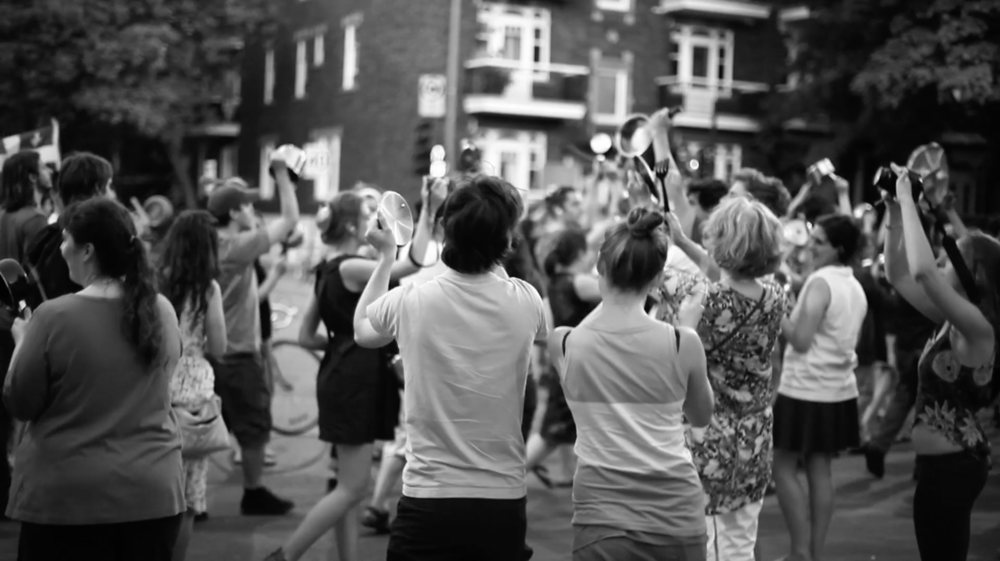
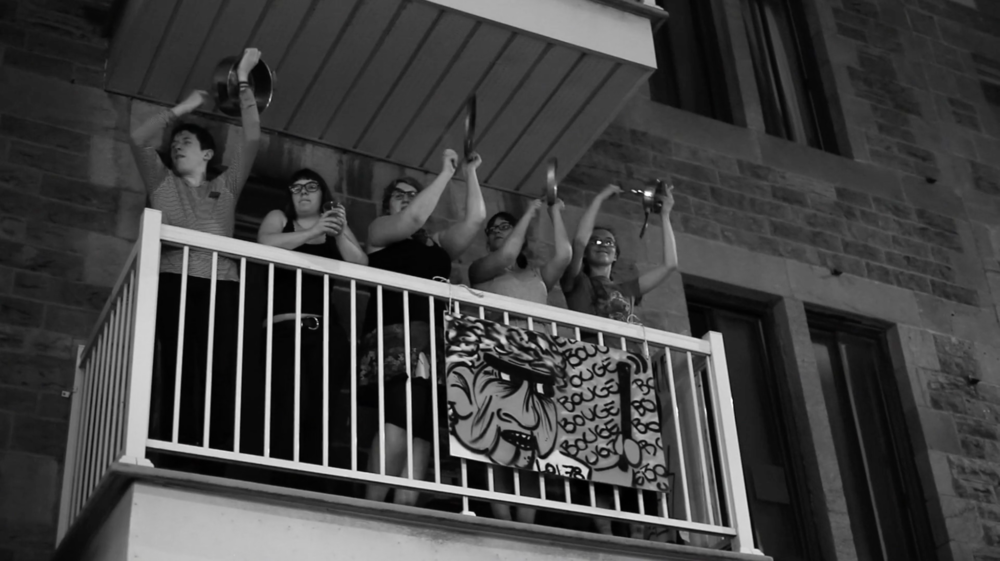

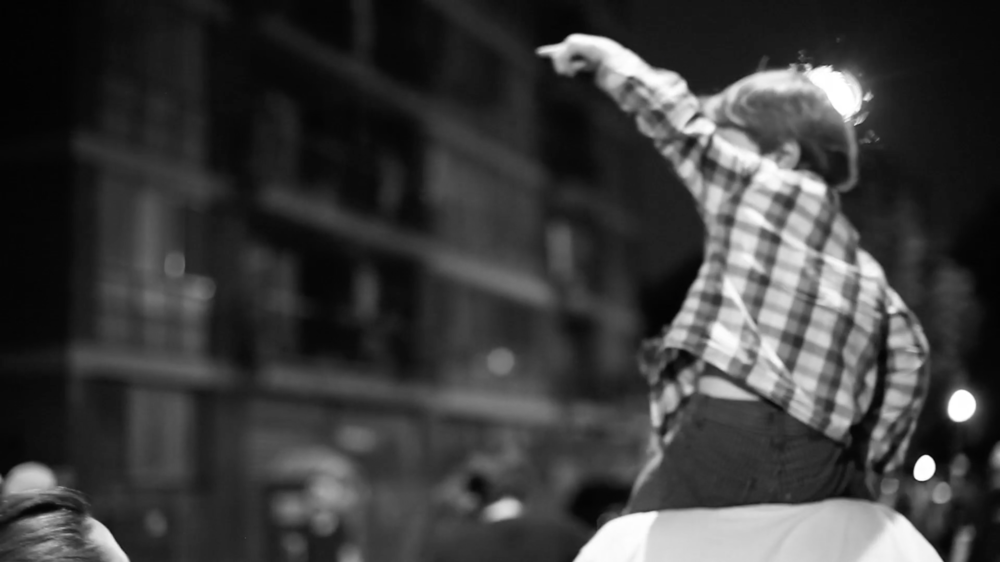
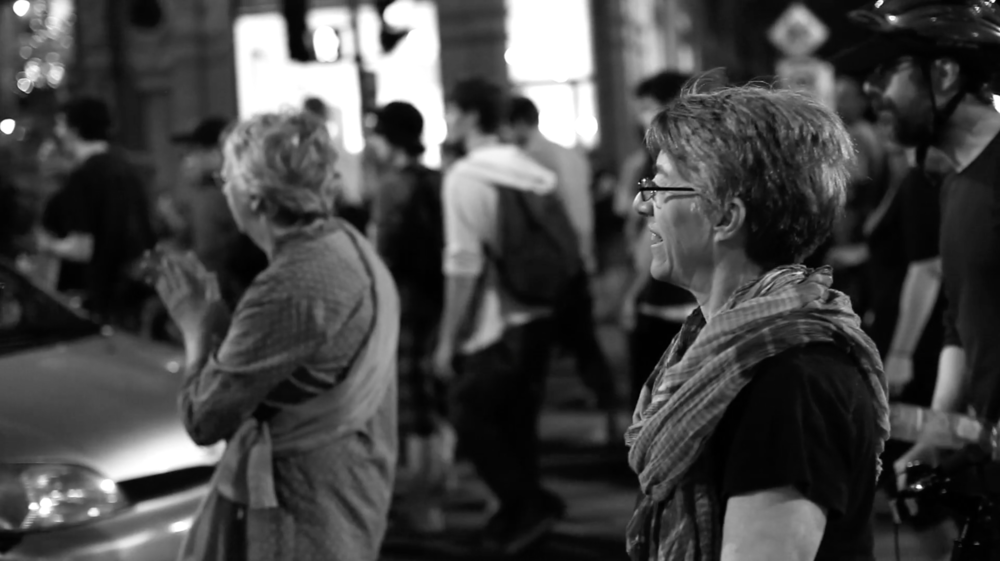
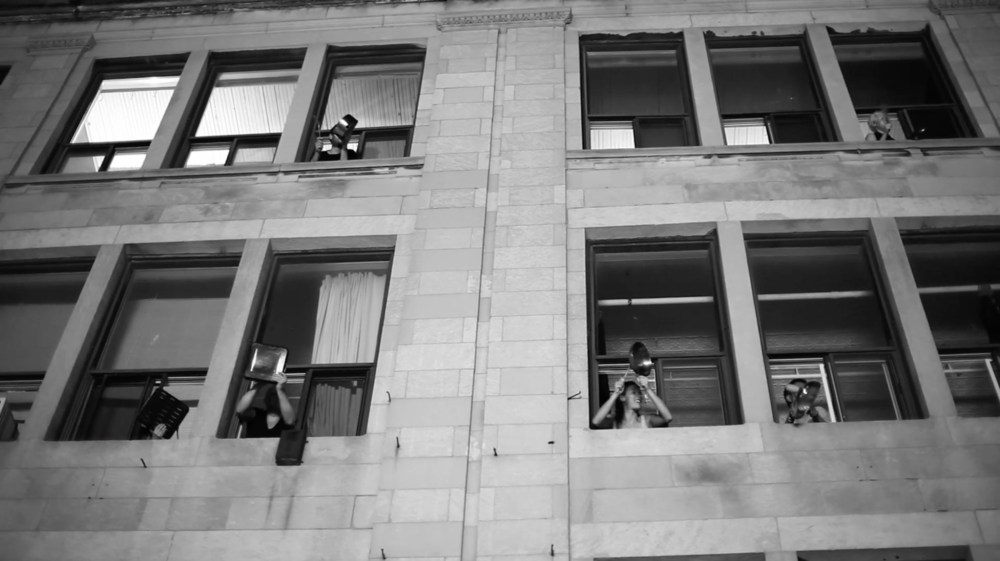
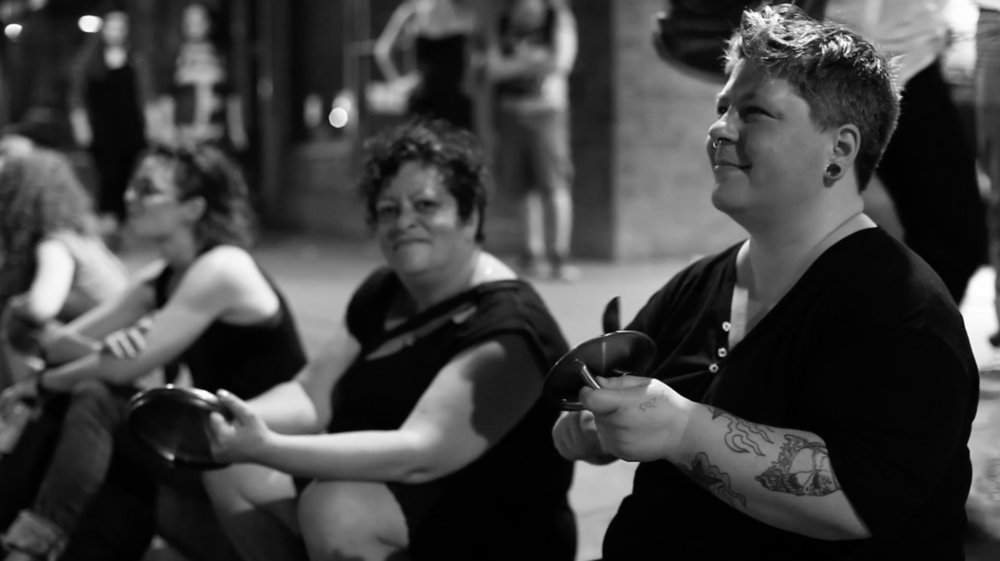

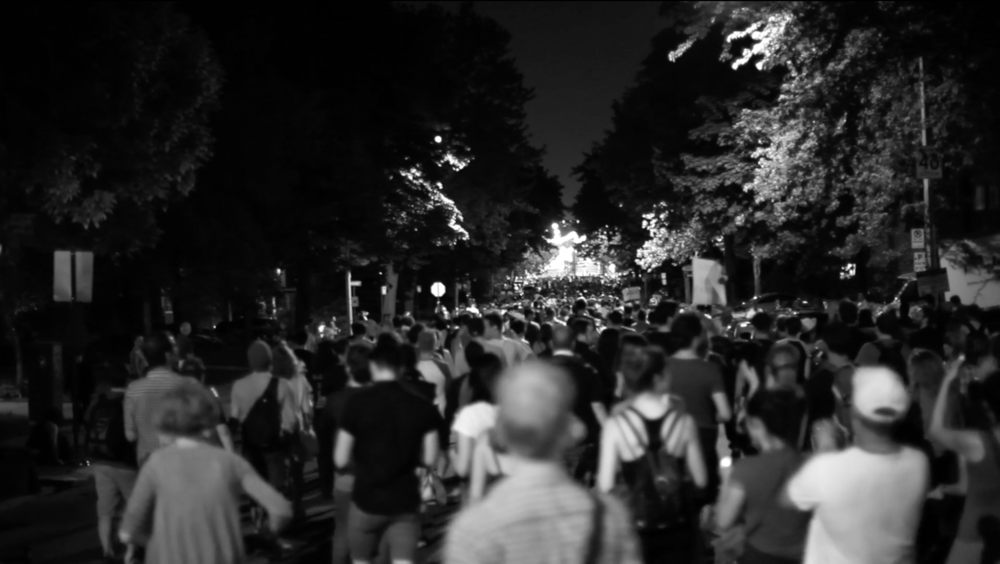
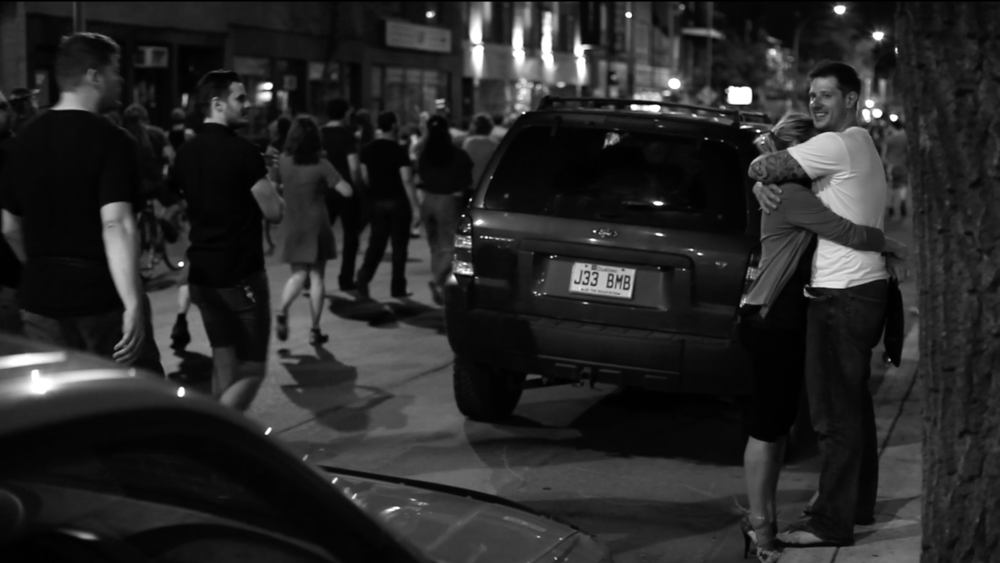
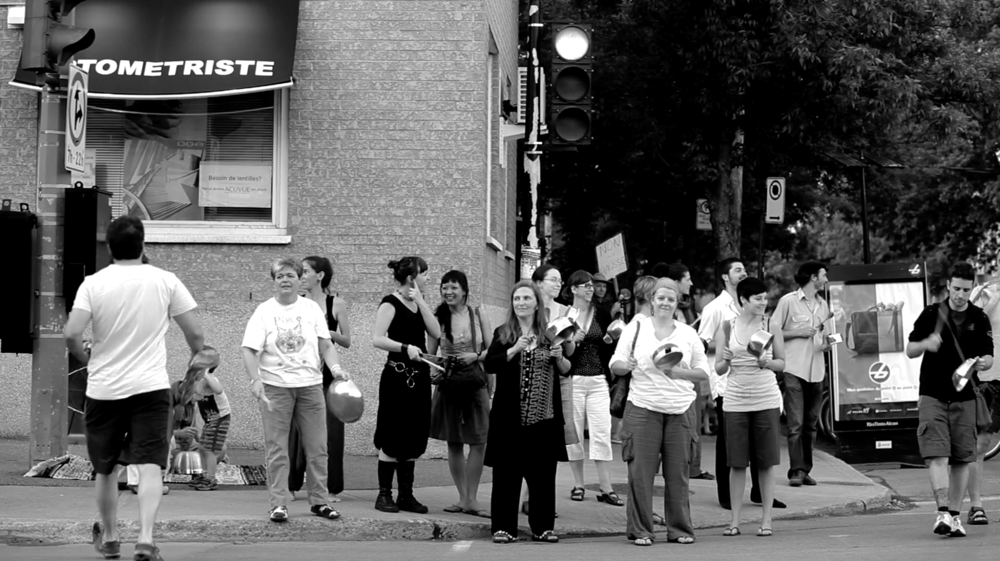
Screen caps taken from Jeremie Battaglia’s Cassaroles film displaying the wide variety of Quebecois who showed out with pots and pans to protest.
The student organizers protested nearly all spring and summer long. Through an exceptional online presence, achieving international support, were able to reframe these budgetary increases into a “broader debate about the place of higher education” (Collombat, 2014, p. 147). In this, the student groups were able to create what Seidman (2001) calls a “national project” (p. 368), something that everyone can rally behind. By framing “education as a collective wealth and value” (Lemay & Laperreire, 2012, p. 434), people and organizations unrelated to the Quebec students were able to personalize, and thus, co-opt, the movement.
But their intense action led to extreme polarization from the part of the state. Extreme measures had to be taken to deter the students from protesting and demonstrating, now amassing over hundreds of followers. But in protesting, according to Hirsch (1990), demonstrations “automatically question” the authority and efficacy of the state (p. 181). This can lead to unprecedented and unpredictable escalation (p. 181). This is best manifested in the proposal of Bill 78, ostensibly to require students to return to school and to not interfere with others trying to return to school as well. However, when it passed as Law 12, it saw immediate blowback in the form of massive protest. The Law severely restricted any form of demonstration and imposed harsh penalties on those trying to continue the movement (Lemay & Laperriere, 2012, p. 430). This culminated in extensive protest, fueled by years of having to live with the bad decisions of the government. The Law, seen as highly controversial, associated collective action with “criminal behavior that must be sanctioned by law” (Peñafel & Doran, 2018, p. 367), and upwards of 3,500 arrests were made after the new law passed (Peñafel & Doran, 2018, p. 354). At this, the law was being “used as a weapon against social protest” (Collombat, 2014, p. 433). The failed negotiations and continued student strike forced the hand of the government, but the state played right into the movement’s attempt at labeling the state as overreaching.
The passing of Law 12 proved to be a turning point in the social movement. It was early on in the movement that it went into effect, on May 18, 2012 (Lemay & Laperriere, 2012, p. 430), but it rallied Québécois outside of the protesting student body. Of those three thousand arrests, most were non-students demonstrating against the new corrupt law (Peñafel & Doran, 2018, p. 354). Hirsch (1990) describes this phenomena as “collective empowerment” (p. 181), stemming from visible, dramatic, and disruptive action taken by the organizations of the movement. Immediately, the citizens of Quebec leapt from their homes, and, only four days after the passing of Law 12, on May 22, all organizations marched under one slogan: “Student strike, popular struggle!” (Peñafel & Doran, 2018, p. 355). Much of the city reviled in loud demonstrations, banging on their pots and pans in spontaneous protests, “in explicit violation” of the new law (Collombat, 2014, p. 150). These almost nightly strikes brought national and international attention and acclaim by combining “clear political messages and festive elements” (Collombat, 2014, p. 151; Peñafel & Doran, 2018, p. 356).
Undeterred and unmoving on both sides, however, these new protests proved extremely testy. These now illegal protests led to many arrests, and yet, even assessing the “potential negative consequences” (Hirsch, 190, p. 181), the movement persisted despite repression (Seidman, 2001, p. 366). The videos cited show clearly just how extreme some of these rallies could get. Even worse, they had to follow a set demonstration path as decided by the government. The union officials who marched followed the official path, but student groups and the majority of protestors refused and diverged to a new path, in clear violation of the law (Collombat, 2014, p. 150). But these newly mobilized supporters did not care about the potential consequences. Not only were the movement organizations completely effective in bringing outside support, but they were able to relate to the society around them, especially with the passing of Law 12 (McCarthy & Zald, 1977, p. 271). The extreme law, in effect, turned the conflict “from a student strike to a social upheaval” (Collombat, 2014, p. 149), also piquing renewed fights for their own agency and dignity (Wood, 2001, p. 240), by fighting back against their overreaching government and taking effective outraged action.
Conclusion
The Maple Spring organizers were completely effective in rallying and incentivizing their membership and participation, peaking at over 300,000 (Lemay & Laperriere, 2012, p. 428-29; Peñafel & Doran, 2018, p. 355), rally against the state and still draw huge support. Following the massive protests, Quebec ousted the horribly inadequate Liberal Party and elected the Parti Québecois (Quebec Party – PQ), who then repealed Law 12 and reduced the tuition increases (Lemay & Laperriere, 2012, p. 427; Peñafel & Doran, 2018, p. 357). By looking at the theoretical identifications of the organization’s and movement’s best effects and decisions, we can see just how they came to be so renowned in its city and across the world, and how they became so successful in achieving their goal of blocking the tuition hike. Though Law 12 was extremely controversial and dangerous, it is probably best that the Liberal government took this action because it mobilized a new class of protestors all on its own and made the cause worldwide.
References
Battaglia, J. [videographer]. (2012, May 25). “Casseroles – Montréal, 24 Mai 2012” [video]. Retrieved from the Jeremie Battaglia website: https://jeremiebattaglia.com/en/projects/casseroles/
Bureau of Labor Statistics. (2018, January 19). Union members – 2017. [Press release]. Retrieved from the U.S. Department of Labor Bureau of Labor Statistics website: https://www.bls.gov/news.release/pdf/union2.pdf
Collombat, T. (2014). “Labor and austerity in Québec: Lessons from the maple spring.” Labor Studies Journal, 39(2), pp. 140-159.
Hirsch, E. L. (1990). Generating Commitment Among Students. In Goodwin, J. and Jasper, J. M. (eds), The Social Movements Reader: Cases and Concepts (pp. 180-92). Chichester: Wiley- Blackwell.
Lemay, V. and Laperriere, M. N. (2012). “Contestation étudiante et soubresauts étatiques: Le printemps Québécois sous une perspective droit et société (English: Student protest and state ups and downs: The Quebec spring from a perspective of law and society)” Canadian Journal of Law and Society (French: Revue Canadienne Droit et Société), 27(3), pp. 427-438.
Makuch, B. [producer/host]. (2012, August 17). “Student riots in Montreal” [video]. Retrieved from the Vice News YouTube channel: https://www.youtube.com/watch?v=41YC0ASnfv4
McCarthy, J. D. and Zald, M. N. (1977). Social Movement Organizations. In Goodwin, J. and Jasper, J. M. (eds), The Social Movements Reader: Cases and Concepts (pp. 267-91). Chichester: Wiley- Blackwell.
Occupons MTL 99% Media [producer]. (2012, March 25). “Printemps érable (English: Maple Spring)” [video]. Retrieved from Michaēl Fortin’s YouTube channel: https://www.youtube.com/watch?v=wkXI4CIFxcg
Peñafeiel, R. and Doran, M. C. (2018). New Modes of Youth Political Action and Democracy in the Americas: From the Chilean Spring to the Maple Spring in Quebec. In Pickard, S. and Bessant, J. (eds.) Young People Re-Generating Politics in Times of Crises: Palgrave Studies in Young People and Politics (pp. 349-373). London: Palgrave Macmillan.
Seidman, G. (2001). Armed Struggle in the South African Anti-Apartheid Movement. In Goodwin, J. and Jasper, J. M. (eds), The Social Movements Reader: Cases and Concepts (pp. 366-89). Chichester: Wiley-Blackwell.
Wood, E. J. (2001). The Emotional Benefits of Insurgency in El Salvador. In Goodwin, J. and Jasper, J. M. (eds), The Social Movements Reader: Cases and Concepts (pp. 240-56). Chichester: Wiley-Blackwell.

